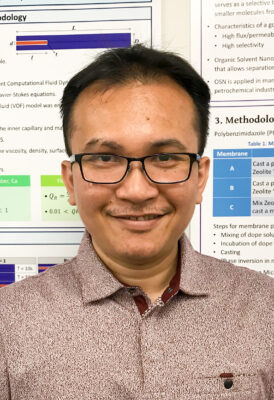The investigation of reaction mechanisms in catalysis is especially challenging due to the combination of fast transient changes and the complexity of the reactions that occur under normal operating conditions. In such circumstances, it is difficult to design and operate equipment that has a time resolution of a few seconds but can still provide an acceptable signal to noise ratio. In addition to kinetic measurements, it is possible to use the spectroscopic techniques to measure the surface species. However, it is difficult to obtain good time resolutions partly because of the accumulation time needed to obtain good spectra but also due to the relatively poor design of conventional infrared cells. In this presentation, we will look at the in-situ spectroscopic techniques to investigate and understand reaction mechanism. There is a need to identify the active site, reaction intermediates and probe the intrinsic kinetics of the reaction for a working catalyst under realistic conditions. In our research group, we have developed and utilised state of the art in-situ characterisation tools to monitor heterogeneous catalytic reactions which have provided insights into reaction mechanisms, for both gas and liquid phase reactions.

Sarayute Chansai came to Queen’s University Belfast for his PhD study on heterogeneous catalysis in 2005. After graduation in 2009, he joined the CenTACat research group and worked on various fields of heterogeneous catalysis, for example catalytic reaction engineering for environmental protection, automotive emission control, clean and efficient renewable energy production, plasma catalysis, and the chemical and pharmaceutical industries. Since 2016, he has been working in the University of Manchester with Professor Chris Hardacre as a research associate and has currently been involved with different projects, including the extensive collaboration with Toyota Motor Corporation and Mitsubishi in Japan. Up to now, he has published 43 papers.
Click below to watch a recording of the presentation:




